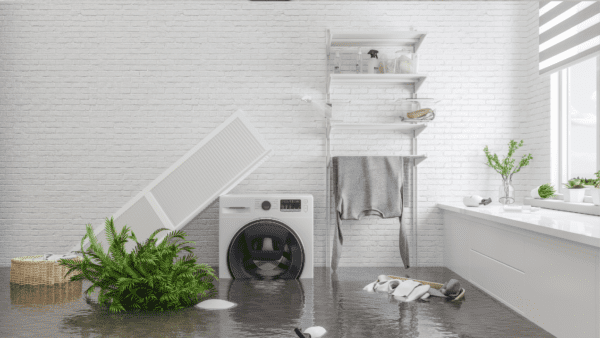Navigating the Aftermath of Home Water Damage: A Comprehensive Guide

Water damage in a home can range from minor to catastrophic. To fully grasp the urgency and methods needed for effective mitigation, it is essential to identify the obvious signs like saturated carpets and dripping ceilings and less apparent indicators like warped wood, mold growth, and increased humidity. For a successful recovery process, seek help from certified professionals for water damage restoration.
Recognizing the Signs of Water Damage
Spotting the signs of water damage early often dictates the scale and cost of the remediation required. Homeowners should be vigilant for discolorations or dimpling of walls, pooling water, or a sudden spike in water bills—all telltale signs that should not be ignored. Additionally, it’s crucial to consider professional assistance from services such as water damage restoration Kent to assess and address the damage’s extent accurately. While addressing these issues as they arise individually may be tempting, they can indicate much more significant problems that require concerted actions to rectify. Differentiating between types of water damage, from potable ‘clean water’ to contaminated ‘blackwater,’ is also essential for determining the appropriate response and ensuring the health and safety of occupants.
Initial Steps to Take When You Discover Water Damage
The discovery of water damage should prompt immediate action, beginning with assessing safety risks such as compromised electrical systems or potentially weakened structures. If it’s safe to do so, taking swift measures to curtail the water flow at its source can halt the worsening of the damage. Homeowners should also meticulously document all aspects of the damage for insurance purposes, capturing images of the affected areas from multiple angles and noting any valuables impacted by the water. This level of thoroughness can be crucial when it comes time to file an insurance claim.
The Process of Water Damage Restoration
Once the immediate risks have been addressed and the extent of the damage has been documented, the restoration process commences. This typically involves an inspection by professionals who can assess the full scope of the damage. They then proceed with water extraction, using powerful pumps and vacuums, followed by the essential steps of drying and dehumidifying any damp materials. Certified firms endorsed by the Institute of Inspection, Cleaning, and Restoration Certification are often sought for their adherence to the highest industry standards for restoration, ensuring that a comprehensive and effective strategy is employed.
Salvaging Possessions and Preventing Mold Growth
The aftermath of water damage often includes the daunting task of salvaging personal possessions. Rapid response is crucial, as the window to rescue items is brief before irreversible damage occurs. Simultaneously, the prevention of mold growth demands attention. Mold spores thrive in moist environments, and their development can commence in less than 48 hours after exposure to water. The steps to mitigate mold include thorough drying and cleaning processes, complemented by dehumidifiers or fans to aid air circulation. Indoor air quality experts, such as those cited by the Environmental Protection Agency (EPA), hold valuable expertise on maintaining a healthy living environment post-water damage.
Maintenance Tips to Avoid Future Water Damage
Preventative measures are crucial in reducing the likelihood of future water damage. This includes regular plumbing, roofing, and HVAC system checks for possible leaks or damage. Incorporating technologies such as water sensors and automatic shut-off valves can also be beneficial, which can detect issues and respond quickly to minimize water spread. Additionally, homeowners should proactively clean after a water event, swiftly addressing residual moisture to prevent recurring problems.
Conclusion: Building a Water-Smart Home
Ultimately, homeowners’ goal should be transitioning toward a proactive mindset in water damage prevention and response. Embracing innovation, such as water-sensitive smart home devices, as a part of a robust water conservation and damage prevention strategy could prove transformative. Investing in a water-smart home is a protective measure against future water damage and a step toward eco-friendly living and potential cost savings. Education, preparedness, and awareness can go a long way in protecting our homes and, by extension, our peace of mind.









